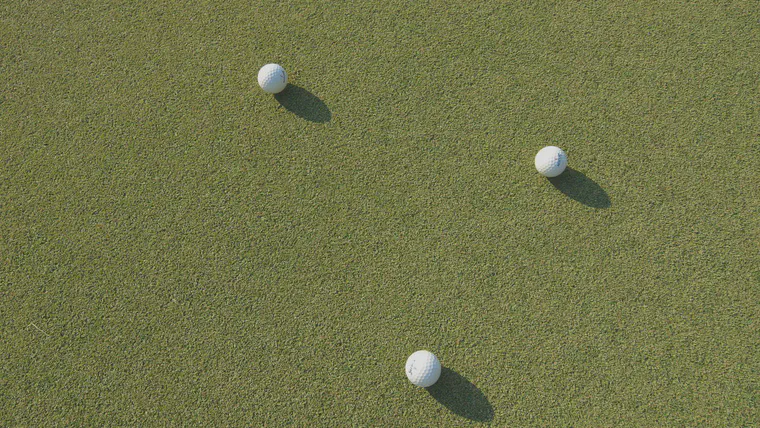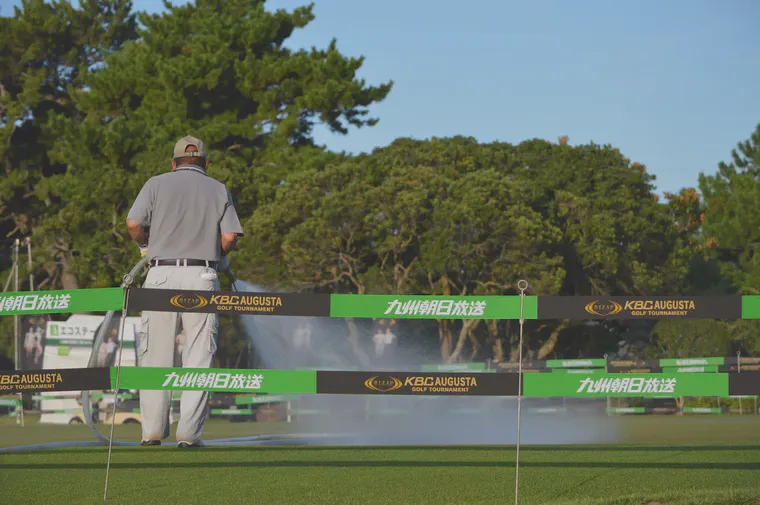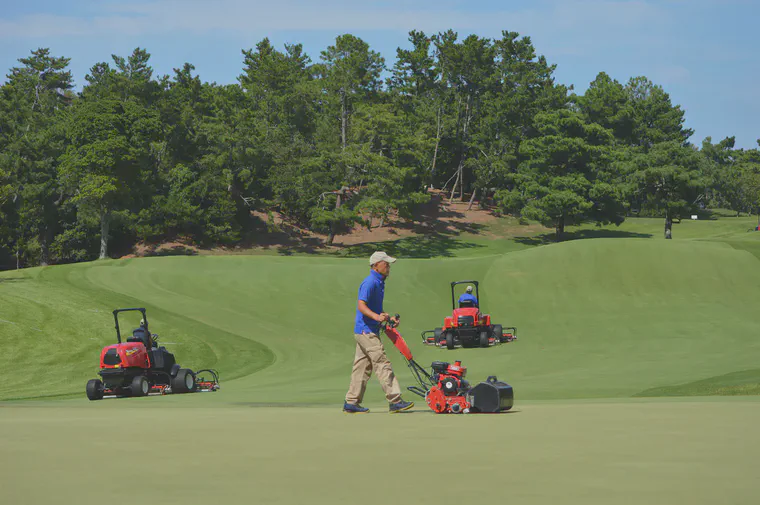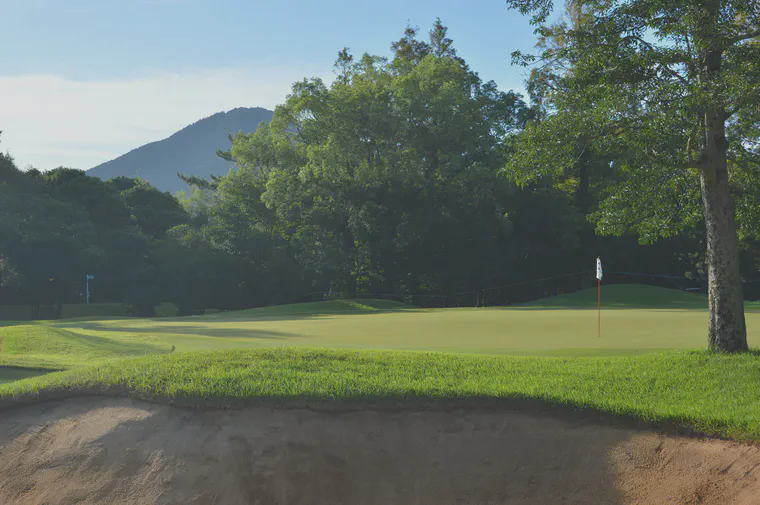How to spend less than $5,000 on tournament green fertilizer
It doesn’t have to cost a lot of money to get great greens
I don’t often write about this, because I assume everyone knows it. But I’ve read a few things recently about amazing sums of money being saved by changing the way of fertilizing, all while getting the same or better turf conditions. See for example this (69% savings) or this (~$150,000 reduction) or this (82% savings).
I’m glad to read about these kind of success stories, but that they even exist suggests to me that not everyone realizes how much it needs to cost to produce high quality turf. There are a lot of ways to produce high quality turf. Some cost more than others.
This week I’m at Keya GC in Fukuoka for the KBC Augusta golf tournament. Keya has 12,000 m2 of korai (Zoysia matrella) greens. This is how they look this week – at least when the light is right.

Keya GC is a relatively high budget course. The average green fee is more than $200 and the course does about 45,000 rounds per year. You can calculate the revenue from that. The choice of fertilizers here is about getting the desired results. The goal is not to save money. Even so, the cost for fertilizer on these greens from January 2017 until today has been $3,889. The season isn’t over yet, but with just a few months remaining, and not much fertilizer yet to apply, the total cost for the year will be less than $5,000.
The course superintendent is Andrew McDaniel. He gave me the fertilizer costs in yen. For convenience, I’ll express the costs in USD.

Here is what has been applied:
- 8.9 grams of N/m2
- 1.8 grams of P2O5/m2
- 7.3 grams of K2O/m2
- micronutrients and kelp
All the P, and 3.6 g of the N and 3.6 g of the K came from a single slow-release granular product applied in early June. The cost for that application was $982.
Everything else was applied as a liquid and the costs are for 16,000 m2 because that’s the quantity of material mixed. Even though the excess gets applied to the nursery or to some tee or fairway areas, I’ll assign the cost to greens.
The remaining N cost $131 and was from urea and ammonium sulfate. The remaining K cost $176 and was from potassium sulfate.
We are at a total cost of $982 + $131 + $176 = $1,289 for the N, P, and K.

Three liquid products with micronutrients and kelp have also been used; the total cost for those products has been $2,600. That brings the total cost to $3,889.

The objective here is to make the best greens possible. It is not to save money. So this amount is quite reasonable for this facility and no one is looking to cut the costs.
You can see, however, that even in this $3,889 used at Keya GC, one could cut the cost substantially if one wanted to.